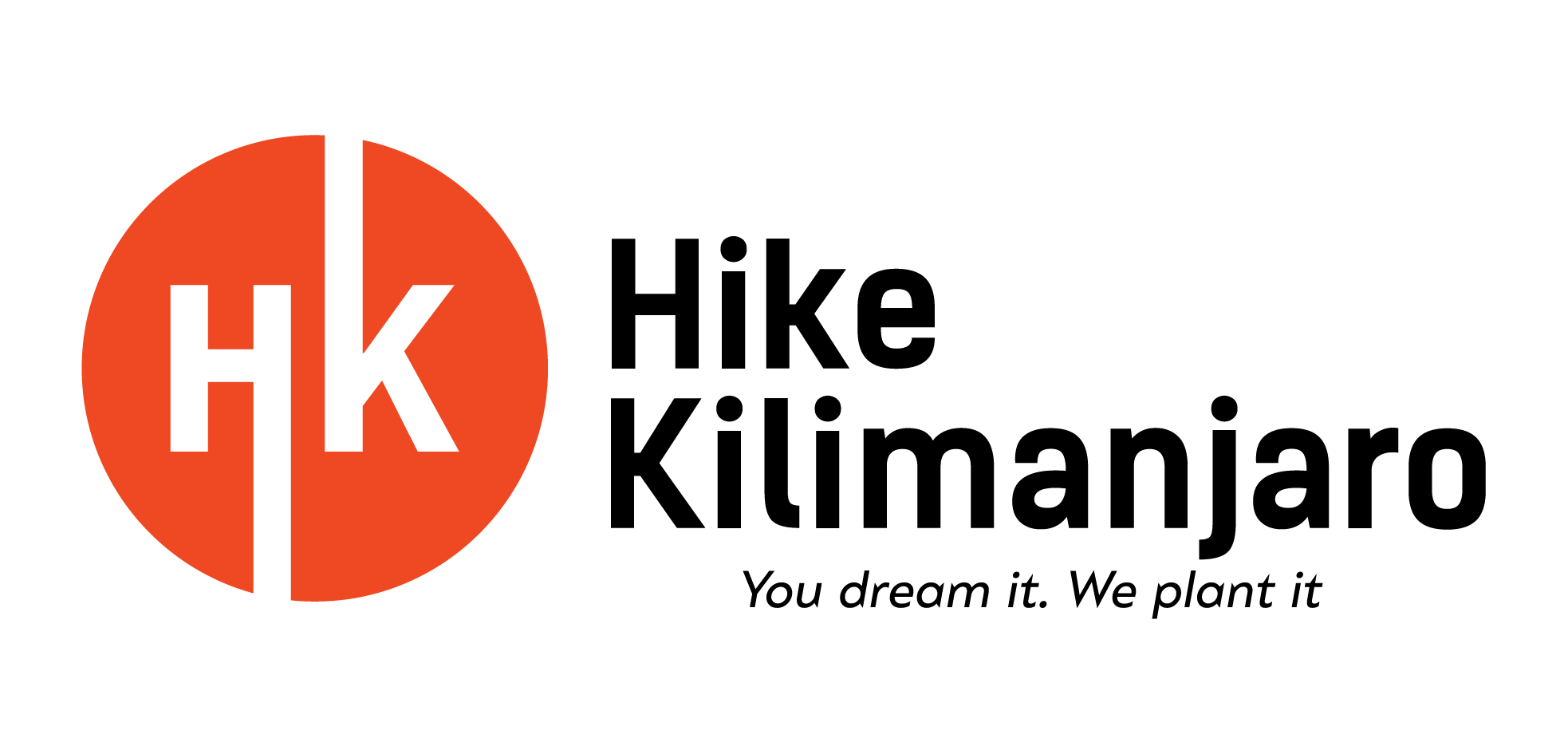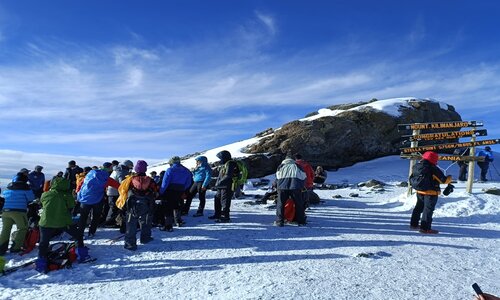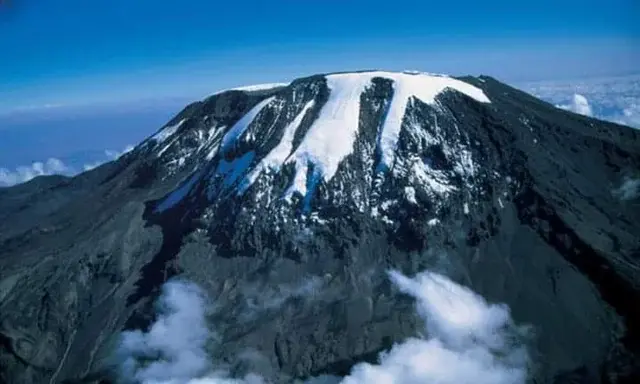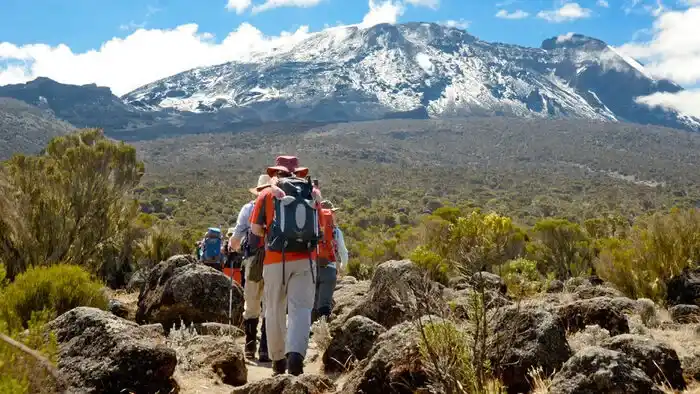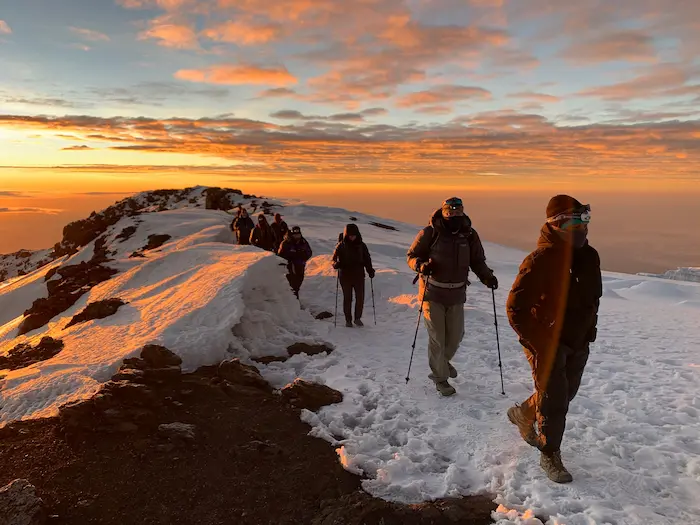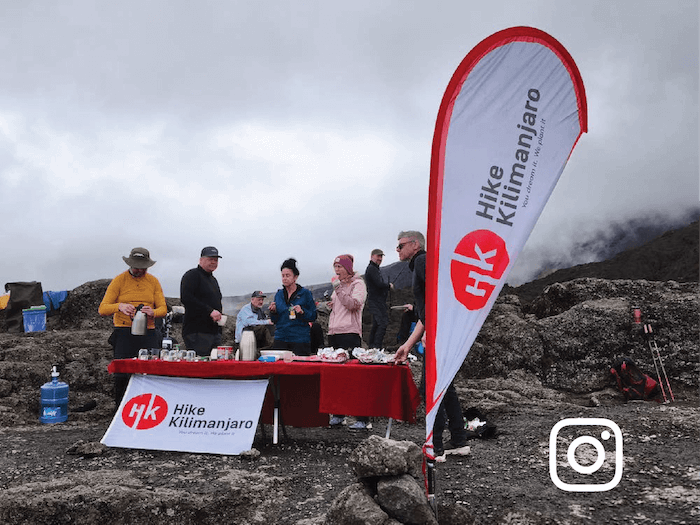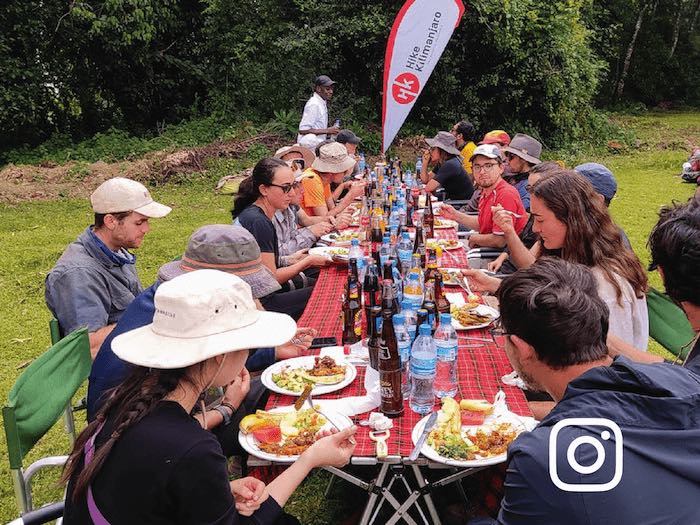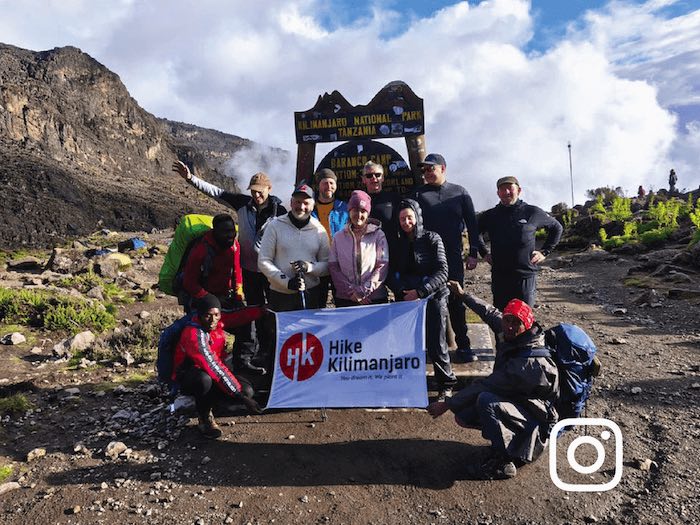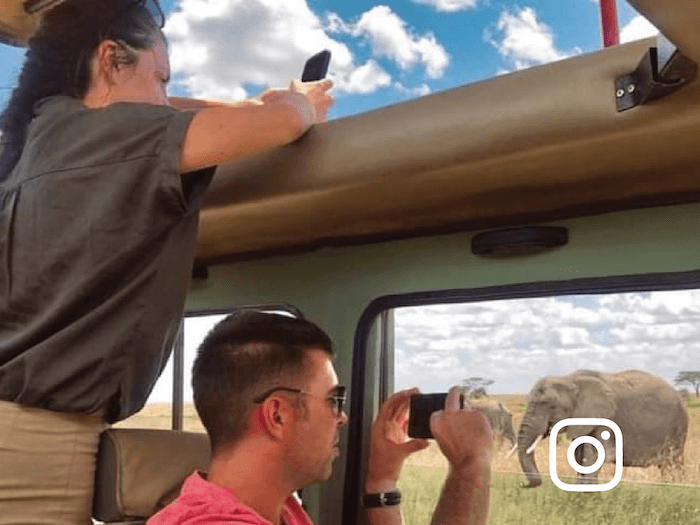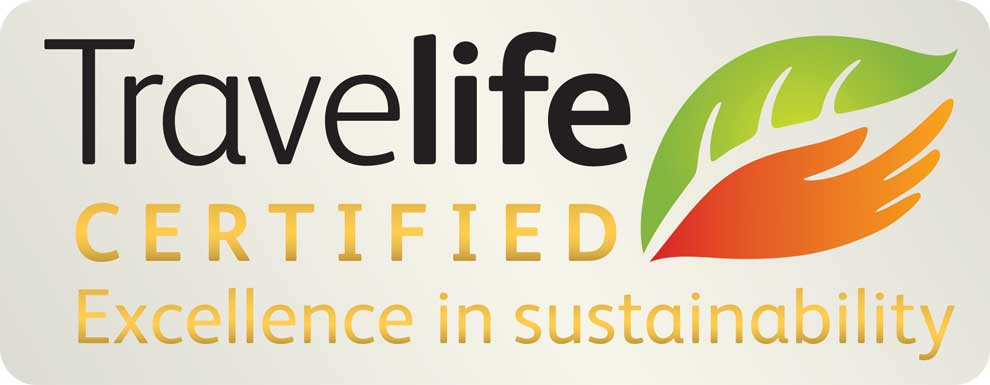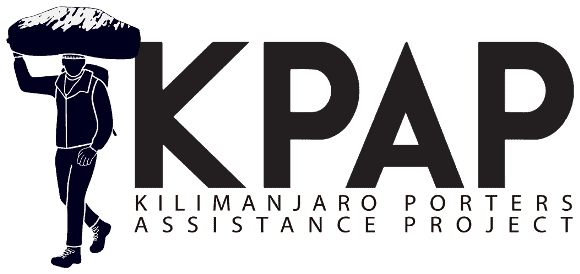What Is Included In Kilimanjaro Packages? A Complete Breakdown by Hike Kilimanjaro
If you’re planning to climb Africa’s highest peak, one of the first questions you might ask is: “What’s included in a Mount Kilimanjaro package?” Understanding what you’re paying for is essential when comparing trekking companies and choosing the right experience.
At Hike Kilimanjaro, we believe in total transparency. Our Kilimanjaro trekking packages are all-inclusive, covering everything from park fees to professional guides so you can focus on the summit, not the small print.
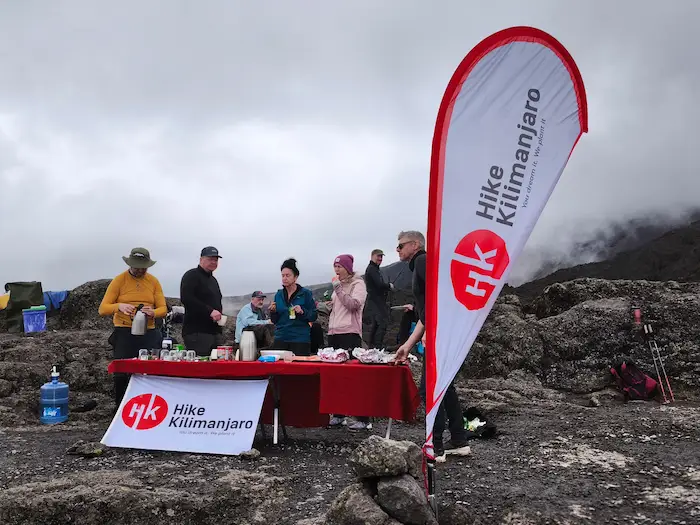
✅ What Is Included In Kilimanjaro Packages?
Here’s exactly what’s included in your trek when you book with Hike Kilimanjaro:
1. Airport Transfers
- Round-trip airport transfers between Kilimanjaro International Airport (JRO) and your hotel in Arusha or Moshi
- Private vehicle with driver
- No hidden transportation costs
2. Hotel Accommodation (Before and After the Trek)
- 2 nights in a quality hotel (1 night before the climb and 1 night after)
- Private en-suite rooms with hot showers and breakfast
- Options for hotel upgrades available on request
3. National Park Fees and Permits
- Kilimanjaro National Park entry fees
- Camping/hut fees depend on your chosen route
- Rescue fees for emergency evacuation coverage
- All government taxes and VAT are included
4. All Meals During the Climb
- Freshly prepared hot meals: breakfast, lunch, and dinner daily
- Special dietary requirements (vegetarian, vegan, gluten-free, allergy-sensitive) accommodated with advance notice
- Clean drinking water provided daily (boiled and filtered)
- Snacks and tea/coffee at camps
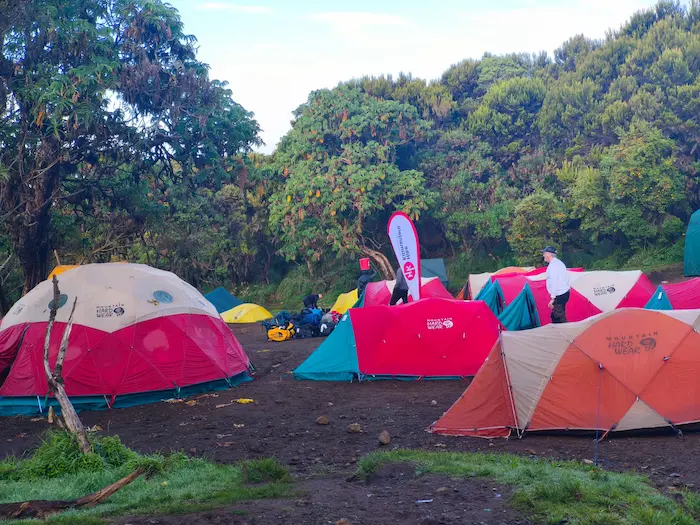
5. Camping or Hut Accommodation
- Mountain tents (high-quality, 4-season tents) or huts for the Marangu Route
- Sleeping pads included
- Private toilet tents available for all camping routes
6. Experienced Guides and Mountain Crew
- Certified, English-speaking lead guide and assistant guides
- 2–3 porters per trekker to carry gear
- Mountain chef to prepare all meals
- Staff salaries, insurance, and fair porter treatment guaranteed (we follow KPAP/TPA ethical standards)
7. Group Equipment
- Dining tent with table and chairs
- Kitchen tent and all cooking utensils
- Portable toilet tent (for camping routes)
- Medical kit with pulse oximeter
- Emergency oxygen cylinder
8. Daily Health Monitoring
- Twice-daily pulse and oxygen level checks
- Altitude sickness assessments
- Emergency protocols in place for evacuation if needed
9. Luggage Storage
- Secure storage for extra gear at your hotel during the climb
- 15 kg porter weight limit per trekker; duffel bags recommended
10. Summit Certificate
Receive a personalized certificate of achievement upon reaching Uhuru Peak or Gilman’s Point
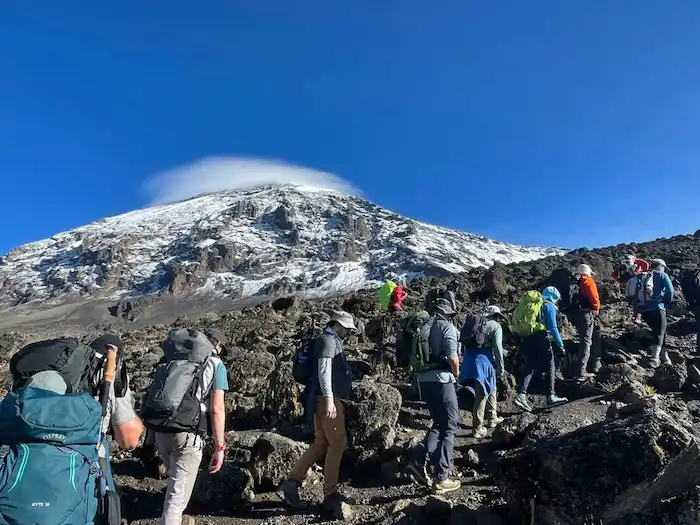
❌ What’s NOT Included in Most Kilimanjaro Packages?
Most Kilimanjaro climbing packages do not include international flights, Tanzanian visa fees, travel insurance, personal trekking gear, tips for guides and porters, or additional drinks and snacks also be excluded in some packages, along with optional add-ons like safaris or cultural tours. It’s important to review the full list of inclusions and exclusions carefully before booking to avoid hidden costs and ensure a smooth, well-prepared adventure on Mount Kilimanjaro.
💵 Kilimanjaro Climb Cost Breakdown
Our Kilimanjaro packages range from $1,700 to $3,200 per person depending on:
- Route selected (e.g., Lemosho vs Marangu)
- Group size
- Private vs group trek
- Extra services (luxury upgrades, safari add-ons, extra hotel nights)
👣 Ready to Book Your Trek?
At Hike Kilimanjaro, we’re committed to clarity, comfort, and safety. Whether you’re joining a group trek or creating a private custom expedition, everything listed above is included so you can trek confidently from day one.
👉 Browse Our Kilimanjaro Routes
👉 Join a Group Climb in 2026 or 2027
👉 Contact Us for Custom Quotes
Make your dream trip come true with Hike Kilimanjaro .

5/5
Based on 100+ reviews

4.9
Based on 60+ reviews
Customized Travel Proposal
At Hike Kilimanjaro, you can tailor your trip to your preferences. Our sample itineraries are customizable, and our specialists work with you to create your dream trip!
Related posts
These full and frank reviews are from travelers who have traveled with Hike Kilimanjaro previously. The reviews and experiences shown here are from reputable travel websites like TripAdvisor, Google, Facebook, and Trust Pilot, etc.
EXCELLENTVerified "This 3-day luxury safari combined with a Kilimanjaro hike exceeded all my expectations. "This 3-day luxury safari combined with a Kilimanjaro hike exceeded all my expectations. The accommodations were elegant and comfortable, and the guides were knowledgeable and friendly. The safari offered incredible wildlife photography opportunities, and climbing Kilimanjaro was a true test of endurance and strength, but the stunning vistas made it all worthwhile. An exceptional journey that I will cherish forever."Posted onVerified "My entire expectations were surpassed by climbing Kilimanjaro. "My entire expectations were surpassed by climbing Kilimanjaro. When one reaches Uhuru Peak, the sensation of accomplishment is indescribable. Because of the well-planned logistics, the amiable crew, and the breathtaking environment, the entire hike was easy and fun. It is a very remarkable event that I would gladly repeat. For adventurers, it's a must.Posted onVerified Tanzania truly offers a world-class experience. "My trek up Mount Kilimanjaro in Tanzania exceeded all my expectations. The stunning scenery, from lush rainforests to icy glaciers, was awe-inspiring. The local guides and porters were incredibly supportive and professional, ensuring a safe and enjoyable climb. It was challenging but incredibly rewarding. Tanzania truly offers a world-class experience for anyone looking to conquer Africa’s highest peak."Posted onVerified I feel accomplished and thankful. Kilimanjaro climbing was satisfying and difficult at the same time. Along the way, there was breathtaking natural splendour and a variety of diverse habitats. The guiding team's assistance was outstanding and got us through some really difficult times. After completing this amazing journey, I feel accomplished and thankful.Posted onVerified Thanks to their knowledgeable advice. From beginning to end, Hike Kilimanjaro offered a smooth and well-planned trip. Their staff made sure we were at ease and ready by being helpful and considerate. Thanks to their knowledgeable advice, climbing Kilimanjaro was difficult but incredibly gratifying. They are the ones I would most certainly pick again for excursions in the future.Posted onVerified "An amazing and well-planned adventure. "An amazing and well-planned adventure! The climb was fun and safe because of the team's experience and upbeat demeanour. I was encouraged by the journey and pleased to have reached the top of Africa.Posted onVerified Highly recommended this tour agency. Wonderful experience! We had a fantastic trip and enjoyed the entire team; we always felt very protected and taken care of. Highly recommended. I want to thank Keddy in particular; you were the best mentors .Posted onVerified "My Kilimanjaro trek was an extraordinary experience. "My Kilimanjaro trek was an extraordinary experience. The route was well-organized, and the staff was attentive and encouraging throughout the climb. The sense of accomplishment upon standing on the summit was overwhelming. The scenery, the challenge, and the sense of connection with nature made this hike truly special. I highly recommend it to anyone looking for a once-in-a-lifetime adventure."Posted onVerified Well Organized and Unforgettable. Hiking Kilimanjaro with a well-run tour company was an incredible experience. The crew was courteous and made sure we were fed, acclimated, and inspired at every stage. The support from porters and guides, as well as the companionship among hikers, helped to make the difficult days bearable. It was weird to be at the top above the clouds. Undoubtedly a life-long accomplishment I will always treasure.Posted onVerified Top notch safari The customer service is on point. Drivers were there to pick us up on time. We saw all the big 5 in Serengeti /Ngorongoro Crater.The accommodation booked Embalakai had great food and staff.Couldn't have asked for a better safari experience. Top notch
Speak to an Expert
Need assistance with your booking? Our friendly Tanzania-based expert team is here to help. Feel free to reach out with any travel-related questions or concerns.

Maxon

- WhatsApp +255 692 406 444

